When we are talking about climate change, we are talking about changes in long-term averages of daily weather. The difference between weather and climate is a measure of time. Weather is a specific event or condition that happens over a short period of time, such as hours or days. Climate is the average weather for a particular region and time period, usually over 30 years. For example, a thunderstorm, a snowstorm, and today’s temperature all describe the weather. On the other hand, Michigan’s climate in winter is cold and snowy while Miami’s climate is hot and humid.
According to the IPCC, scientific evidence for warming of the climate system is unequivocal. Significant changes in the earth’s climate have been observed and thoroughly documented. Changes include average air and ocean temperatures, rising sea levels, the melting of ice and retreating glaciers, and increases in extreme weather events resulting in more floods, severe storms, and heat waves.
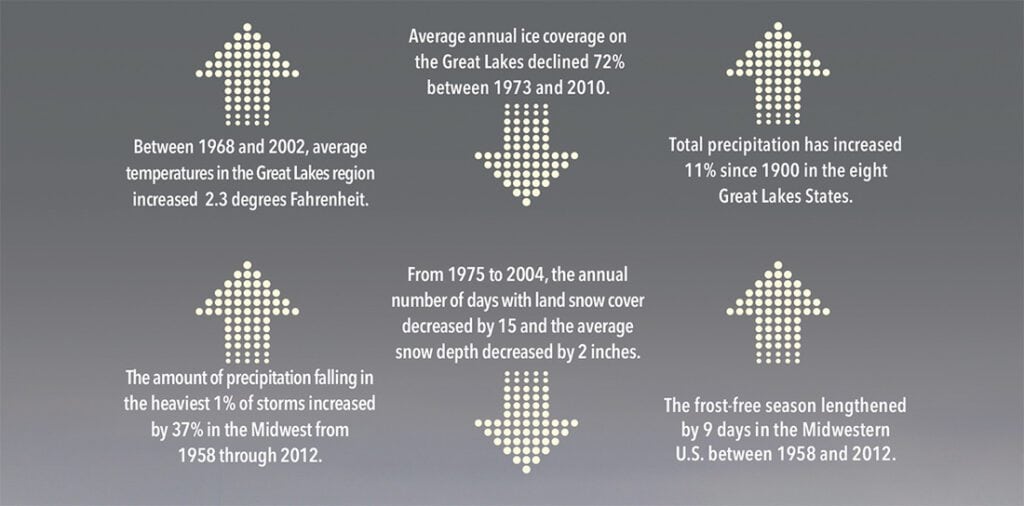
These trends are expected to continue along with changes in the frequency of intense storms, extendeddroughts, and heat waves. To lessen these and future impacts, and to protect the State’s vast natural resources and the people that depend on them, we must take action now.
There is a high level of scientific certainty that the climate has changed in significant ways in recent decades and that it will continue to change in the future. This table summarizes what computer models indicate may be the trends and impacts of climate change in the Great Lakes.
Source: Freshwater Future http://ecoadapt.org/data/documents/Climate101FactSheet.pdf
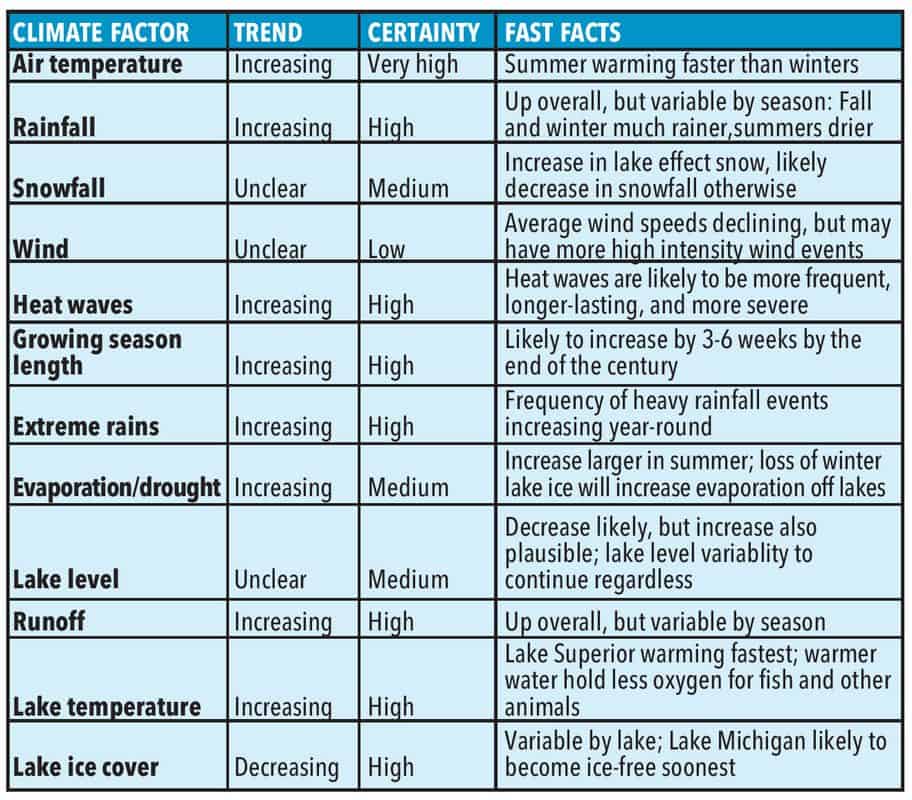
Climate Change Impacts to Wetlands
The changes in climate will have a significant impact on water resources, including the Great Lakes, rivers, streams, lakes, groundwater, and inland and coastal wetlands. Climate change is resulting in the decline in both the quantity and quality of Michigan’s waters. The most recent National Climate Assessment highlights the expected effects of climate change on the Great Lakes, including changes in the range and distribution of certain fish species, increased invasive species and harmful algal blooms, declining beach health, and more.
Wetland ecosystems are fundamentally linked to hydrology and thus, are likely to be more adversely affected. While the full extent of how climate change will impact Michigan’s coastal wetlands is still unknown, there are many anticipated climate impacts on our wetlands. More frequent and severe precipitation will lead to increased erosion of fields, ravines, streambanks, and bluffs resulting in increased sedimentation. Large storms and flooding can stress aquatic systems by causing water level fluctuations that favor invasive plant species and interrupt the life cycles of aquatic organisms. Increased evaporation during hot, dry summers and droughts can reduce many wetlands in size, convert some wetlands to dry land, or shift one wetland type to another.
In order to ensure Michigan’s coastal wetlands and waters can continue to provide recreational, commercial and ecological benefits and services, actions need to be taken to prepare for climate impacts.
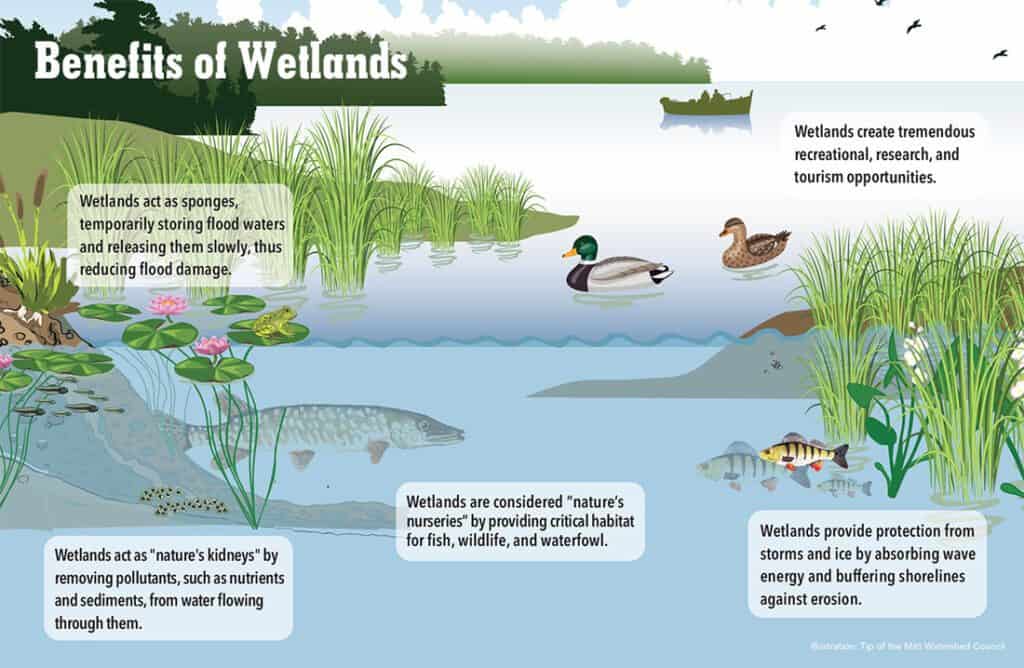
Wetlands are complex ecosystems that provide numerous benefits to society. Great Lakes coastal wetlands are different than inland wetlands due to the influence of large lake processes, including powerful waves, wind-driven tides (seiches), and especially the seasonal and long-term fluctuations of Great Lakes water levels. The dynamic nature of the Great Lakes contributes to the ecological functions of these vegetated bottomlands. During low water periods, nearshore areas of the Great Lakes typically under water are exposed. Vegetation growth naturally increases on exposed wetlands during low water years.
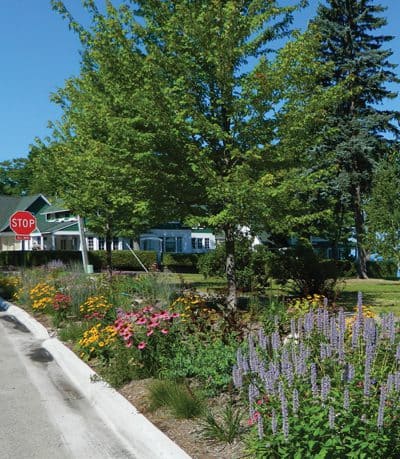
What is Climate Adaptation?
Actions to better manage impacts arising from changes in the climate are known as climate change adaptations. Adaptations seek to lower the risks posed by the consequences of climatic changes. They can be technologies, procedures, practices, and behaviors taken in anticipation of impacts or in response to impacts. They are practical steps to help avoid or reduce climate change consequences and protect communities from the likely disruption and damage that will result from effects of climate change. Individuals, communities, organizations, and institutions have opportunities now to protect their most important assets from the impacts of climate change.
Specifically, adaptations include: planning, communication, and preparedness for extreme weather events; incorporating expected changes into land-use decision-making processes; guiding development out of flood-prone areas; improving the resiliency of shorelines, natural systems, and critical infrastructure; and applying
cost-effective green technologies and using natural systems to reduce vulnerabilities. Conserving habitat, erosion control, protecting water quality, encouraging biodiversity, and providing buffers against natural hazards such as storms and floods are also actions that will assist in adapting to changing patterns of temperature and precipitation.
Climate Change Adaptation Tools
This Toolkit provides information about climate change adaptation best management practices that can be used by various sectors. It is not an exhaustive listing of adaptation strategies, but it does provide examples of actions that can be implemented on an individual, local, or regional level to address many of the potential impacts of climate change. It can be used by almost anyone in Michigan, including homeowners, developers, municipalities, organizations, and water and wetland resource managers.
The best management practices identified are designed to protect, manage, and restore natural ecosystems so as to increase their resistance and resiliency to climate change. From maintaining hydrology and reducing pollution to controlling invasive species and protecting wetland biological diversity and integrity, all of these are important activities to maintain and improve the resiliency of Michigan’s coastal wetlands and water resources so that they continue to provide important services and functions under changed climatic conditions.
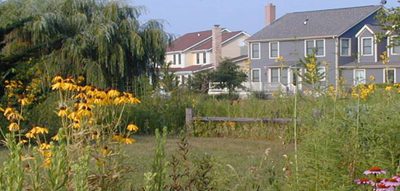
Preservation and Protection Tools
- Wetland and Floodplain Ordinances
- Conservation Easements Setbacks
- Site Plan Review
- Cluster Development/Conservation Design
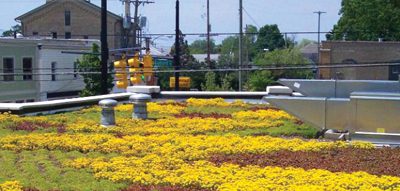
Stormwater Management and
Green Infrastructure Tools
- Rain Barrels
- Rain Gardens
- Native Landscaping
- Greenbelts/Riparian Buffers
- Natural Shorelines
- Permeable Paving
- Green Roofs
Bioswales
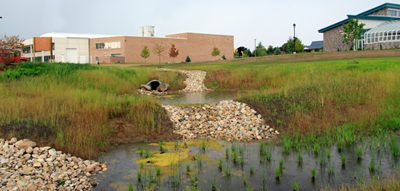
Wetland Management, Creation, and Restoration Tools
- Invasive Species Management
- Stormwater Wetlands
- Wetland Restoration
- Landscape Level Assessment
Additional Resources:
| Title | Categories | Link | hf:doc_categories |
|---|---|---|---|
| Climate 101 Fact Sheet | Climate Change, Great Lakes, Guides for Homeowners | climate-change great-lakes guides | |
| 2106 What Climate Change Means for Michigan | Climate Change, Great Lakes | climate-change great-lakes | |
| 2104 Best Practices for Climate Change Adaptation | Climate Change, Great Lakes | climate-change great-lakes | |
| 2017 Climate Change Adaptation Lessons | Climate Change, Great Lakes, Guides for Homeowners | climate-change great-lakes guides | |
| 2014 Climate Change Adaptation & Local Planning for Michigan’s Coastal Wetland Resources | Climate Change, Great Lakes | climate-change great-lakes | |
| 2012 Climate Change Adaptation Plan | Climate Change, Great Lakes | climate-change great-lakes |

